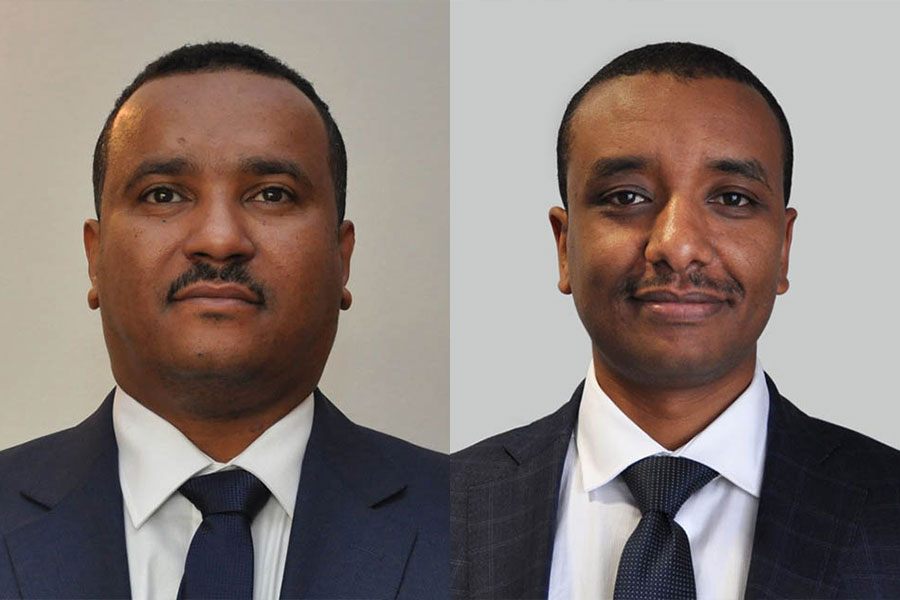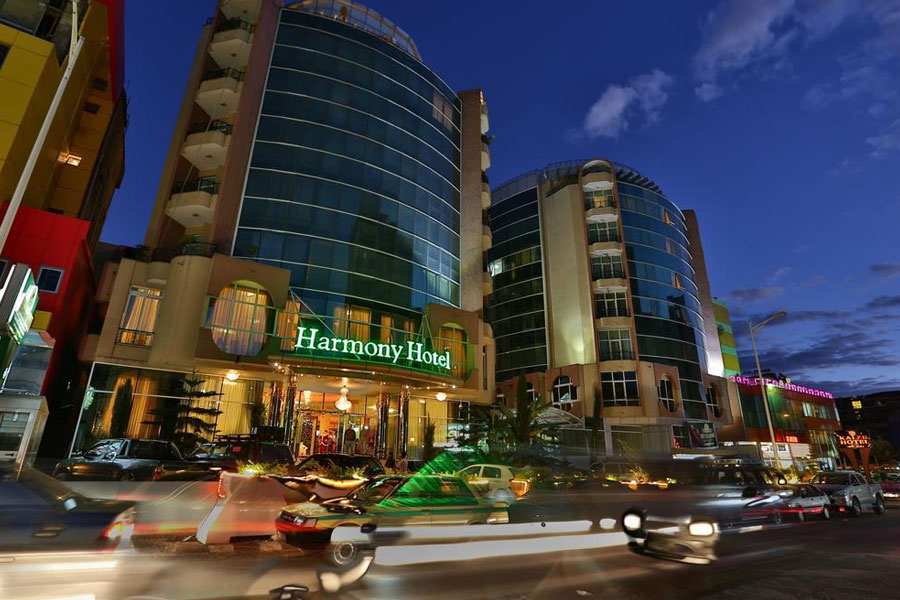
Fortune News | Jul 13,2025
One can draw any kind of picture on a clean slate and indulge every whim in the wilderness in laying out a new city. But when operating in an overbuilt metropolis, one has to hack away with a meat axe, at least according to Robert Mosses, "master builder" of modern New York City.
This must be the difficulty Ethiopia’s urban planners face today, as aluminium- and glass-clad highrises dot the city landscape. To an extent, it was also what must have happened to Minas Kherbekian, as he shaped Addis Abeba in the pre-Italian occupation era, from the coaxial urban structure, centred on Menelik Palace, aka Gibi.
He was a crucial figure in town planning and building in Ethiopia, including providing the architectural designs of Taitu Hotel, the country’s first hotel, finished in the 1900s.
The structures of early Addis Abeba architecture, before the Italians made their mark, echo the diversity of styles and materials of the buildings surrounding them, exhibiting traces of Indian, Middle Eastern and Ethiopian influences.
Then came Benito Mussolini’s Italy and its short-run occupation of the country for half a decade beginning in 1936, wishing to realise his foiled dream of imperial greatness. Through architects flown in from Italy, with a plan to super-impose the aesthetic values of the new power, the occupation forces had an unparalleled impact for the short time they were in charge.
The Italians left such a mark that, decades later, Emperor Haileselassie’s regime hired an Italian to help plan the city and design the two buildings - Africa Hall and the Addis Abeba City Hall - that went on to become highly recognisable.
“It was not due to fantasies of grandeur on the part of the architect, but rather the intention to make an impression on public opinion,” Arturo Mezzedemi, the Italian architect, is quoted as saying. ”It is not their complexity or size that matter, but the maximum possible use of home-produced materials, in order to shake our wealthy middle class (which keeps its money under the mattress) from the inactivity that also binds it in the field of construction, and stimulate it to invest its assets also in building to make this ‘great village’ a city and a true great capital.”
Housing demand kept increasing after the mid-20th century in Addis Abeba, due to ambitions of the upper classes for new and more prestigious lifestyles as well as to the needs of the veritable army of officials of international organisations. The latter was largely due to the UN Economic Commission for Africa and a little while later the Organisation of African Unity (OAU).
”Addis Abeba soon began to assume the form predicted by the Emperor. One day it would become a metropolis and Africa’s moral capital,” the architect was quoted as saying by Jacopo Galli in the journal, 'Aspirations and Contradictions in Shaping a Cosmopolitan Africa: Arturo Mezzedimi in Imperial Ethiopia.'
No doubt political and economic instabilities and rapid urban development, lack of awareness of their importance, as well as a shortage of funding for restoration and inconsistent city planning cum current construction boom have left a muddle of a city. Not only that, but they have also browbeaten historical sites into insignificance.
In contrast, the recent zest and vitality shown in the restoration of historical sites and riversides will reverberate through generations.
The architectonics of geometry and colour, setting a contrast between the old and new and yet with rapport, was a typical style of Arturo. If there is an attempt to resurrect this style, then it should be welcome.
No doubt, addressing the offensive splash of paints, poorly maintained public spaces, electrical and phone lines mindlessly displayed on the streets would not be an easy task. This is to say nothing of the air and noise pollutants, mini-swimming pool-sized potholes and ludicrous-looking highrises that attack the senses with their lack of style.
What is required here is vision and consistency in urban planning and designing. This is not just a matter of profession, or even resources, but resolute political commitment from those in leadership. If the remarkable results of the Beautifying Sheger project are one among many, the city is on the right track.
I may sound like a dreamer and a theorist, but a screaming halt to the construction of buildings is needed until a sweeping change occurs within the city government. But with the current face of the city, it seems that it is the right attitude to have.
PUBLISHED ON
Sep 19,2020 [ VOL
21 , NO
1064]


Fortune News | Jul 13,2025

Fortune News | Apr 15,2023

Featured | Dec 21,2019

Commentaries | Jun 27,2020

Commentaries | Jan 13,2024

Fortune News | Nov 13,2021

Fortune News | May 31,2025

Fortune News | Jul 11,2021

Commentaries | Dec 24,2022

Radar | Jul 27,2019

Dec 22 , 2024 . By TIZITA SHEWAFERAW
Charged with transforming colossal state-owned enterprises into modern and competitiv...

Aug 18 , 2024 . By AKSAH ITALO
Although predictable Yonas Zerihun's job in the ride-hailing service is not immune to...

Jul 28 , 2024 . By TIZITA SHEWAFERAW
Unhabitual, perhaps too many, Samuel Gebreyohannes, 38, used to occasionally enjoy a couple of beers at breakfast. However, he recently swit...

Jul 13 , 2024 . By AKSAH ITALO
Investors who rely on tractors, trucks, and field vehicles for commuting, transporting commodities, and f...

Oct 18 , 2025
The political establishment, notably the ruling party and its top brass, has become p...

Oct 11 , 2025
Ladislas Farago, a roving Associated Press (AP) correspondent, arrived in Ethiopia in...

Oct 4 , 2025
Eyob Tekalegn (PhD) had been in the Governor's chair for only weeks when, on Septembe...

Sep 27 , 2025
Four years into an experiment with “shock therapy” in education, the national moo...